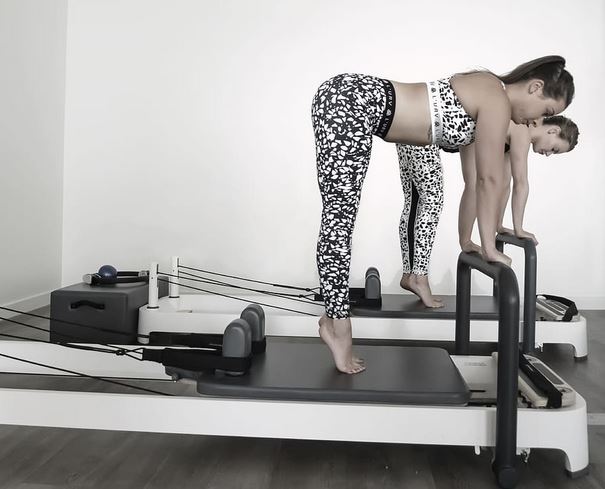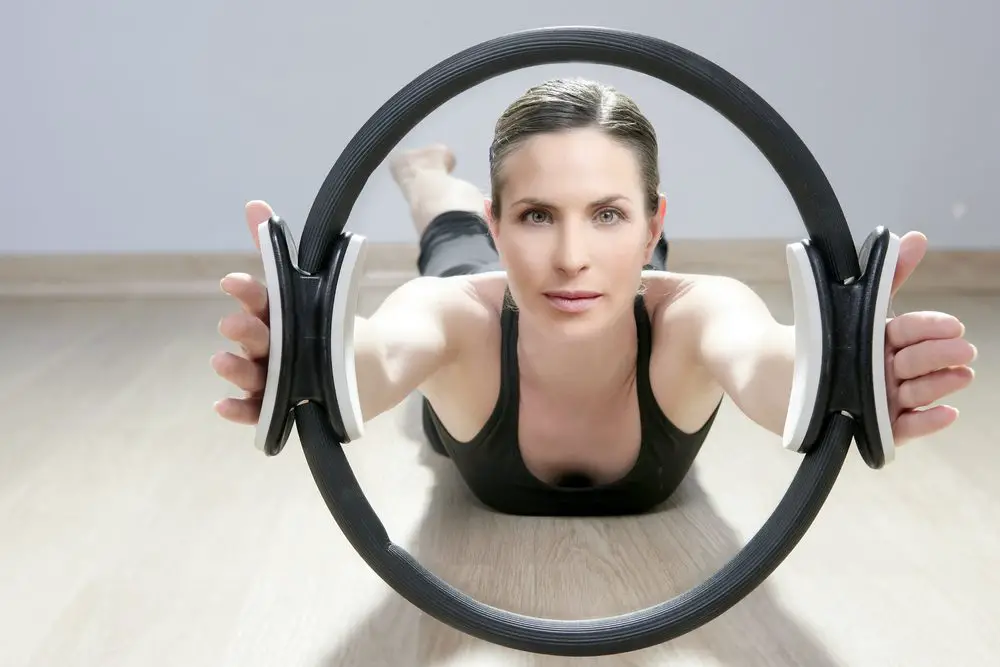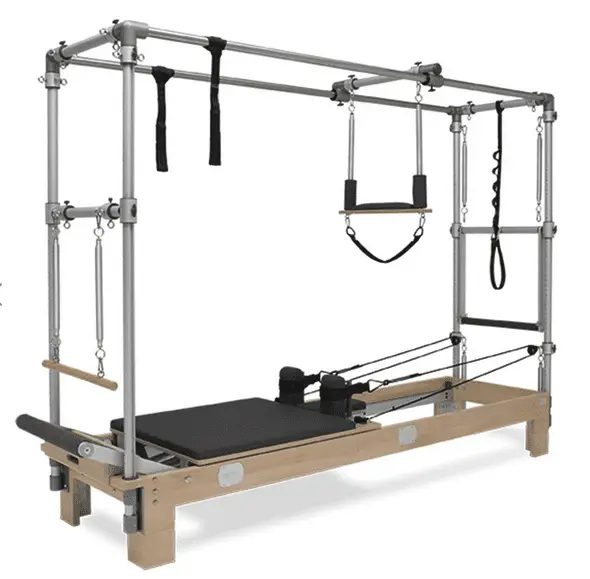Industry Insider

The Art of Cueing – Oh, Those Words
Consider the awesome power of words. Just to begin the discussion, think of the many meanings of words. The same word can have many meanings and be interpreted in lots of ways. The word “position”, for example, can refer to the arrangement of your body in space, your job description, or a situation you find yourself in due to circumstances. Words have different connotations that leave them open to miscommunications. They may imply, hint, and suggest with subtle changes in meaning. Most importantly, words have power. They are the means of effective communication and make an incredible difference in the success of a trainer.
Think again of the word “position”. Consider it as the frame of reference for your client that they will use to orient themselves in space. As their position changes in space (supine, prone, side lying, seated, standing) cues must adapt because their reference point has changed. Where is “down” when supine? Is it towards the feet or under the back? Effective cueing must include more than the simple direction of “down”. It must complete the thought, “down towards your feet”.
Cueing is the key to transferring information from one person to another. The semantics is how we get there. According to Chambers Dictionary of Etymology [1], semantics is the study of the relationship between linguistic symbols (words) and their meaning. Cueing is dealing with the meanings of words in all their changing nuances and combining them into phrases with the goal of leading the client through a complex (or a simple) movement.
As trainers we interpret what our clients understand and adjust our communications based on their responses. We “read” or evaluate their performance and get their “slant” on it. We define the missing elements, explain, clarify, shed light upon, spell out, illuminate, translate and paraphrase in order to make our point.
Where does this all lead? It leads to structure. How will you organize your thoughts? What do you want your cues to accomplish? One important goal certainly includes being a trainer who can facilitate learning and physical improvements through communication with your clients. Your job is the elimination of barriers to movement that leads your client to the comfort of living inside their own skin.
What do you want your cues to do?
The first priority of your verbal cueing is the detailing or explanation of what is contained within the movement. Your client must first have an understanding of what you want them to do. You teach the pattern and combinations of movements that make up the exercise. This is part of the learning process but should not become the only method of teaching. You can offer so much more in your teaching of pilates so don’t get stuck only describing the exercises to your clients. Consider this, if you always tell your client what to do it is quite possible that they will not learn the exercises on their own but will be completely dependent on your voice to lead them. This is a mistake new teachers may make thinking that silence must be filled. Sometimes it is just fine to have silence and invite the client to experience the movement. If you don’t allow your client to be independent in choreography there won’t be any time for their practice to mature through guided self direction or for you to help them through feedback and observation.
The feedback that you provide helps the client refine their performance and is the second item on the list of what is important in cueing. You are the objective, outside set of eyes necessary for the development of a self aware, moving body. How many times have clients told you that they had previously taken classes, or worked out to a video but were unsure that they were performing the exercises correctly? The obvious reason is that we all have unconscious habits, postures, and movement patterns resulting from distracted actions and gravity. People are genuinely surprised to learn that they hold their head to one side or constantly keep their shoulders up in their ears. For many it is a new concept that they might have conscious control of what their shoulders do as they raise their arms overhead. You can offer your clients a choice about body awareness that will help them move with grace, ease and efficiency.
Third on the list is your cueing that guides the client’s thoughts and then their movements. The power of using images is well documented by authors such as Lulu Sweigard in Human Movement Potential [2]. Sweigard conducted studies using images involving musculoskeletal problems and posture. She called these images Lines-of-Movement and identified nine areas of the skeleton that influenced alignment of the overall structure. Her observations help guide the client using visualizations like “the empty suit”, “the soft collar”, and “the empty head”. Another look at Sweigard’s work is presented in Dynamic Alignment Through Imagery [3] by Eric Franklin. This book reviews Ideokinesis and expands the base with biomechanical / anatomical principles and outlines exercises to improve misalignments. Both recognize the power of using images to release blocks and allow the body’s wisdom to organize movement.
How much should you talk about at one time?
There is a lot to talk about when you teach movement and we’ve covered quite a bit already. It is also important to decide how much to talk about and when to introduce information during the workout. You can certainly overwhelm a client by firing multi level cues that compete for their attention. It is better to choose what area you want to work on and limit cueing in order to help the client focus.
Let’s make a plan of action. First things first, as they say. Clients need to know choreography, as previously mentioned. When you are sure they can move through the exercise you will begin to assess performance and give feedback. This is the time to remember to “look at the whole picture”. It is easy to miss rounded shoulders or a shortened neck if your entire focus is on leg circles. Our well chosen cues bring awareness and direct or redirect the client’s focus. We help provide conscious feedback between their brain and their body. Remember to use all cues available to you, both verbal and non-verbal. Demonstrate unfamiliar exercises to avoid keeping the client in an awkward position. Tactile cueing can be compelling or can cause a person discomfort. You must find your own comfort level when deciding to use touch. One brief point, be mindful in using those “tried and true” cues such as “saw off your baby toe” in the saw. It may become the goal of the exercise instead of a well thought out image that leads and directs the movement.
Have we answered the question of what cues do? The purpose of cues is:
- Communication!
- Convey information
- Transmit knowledge
- Disclose information
- Pass on expertise
- Interface with clients
- Reveal and empower
- Converse: It’s a two way street.
- Observe and report what we see
- Announce their success
- Proclaim their victory
- Relate to another human being
Teaching demands a great amount of energy and imagination on your part. How will you continue to be inspired as a teacher?
- Read
- Do
- Think
- Workshops
- Take classes
- Have a mentor
- Be a mentor
- Listen
- Explore
- Have fun
The art of cueing creates a relationship between you, the trainer, and your client. You serve as a non judgmental observer, a coach and an enthusiastic motivator interested in their success. What you say, how you say it and which words you choose to paint your picture have great power. Your words and images are repeated in your client’s mind after your appointment and have an impact on the rest of their day. It is important to remember this and create your script with that in mind.
References
- Chambers Dictionary of Etymology, Editor Robert K. Barnhart, Larousse Kingfisher Chambers Inc. 95 Madison New York, NY 10016, 2006.
- Dynamic Alignment Through Imagery, Franklin, Eric, Human Kinetics, Champaign, Il. 1996.
- Human Movement Potential, Sweigard, Lulu E., University Press of America, Harper & Row Publishers, Inc., Lanham, MD. 1974.





